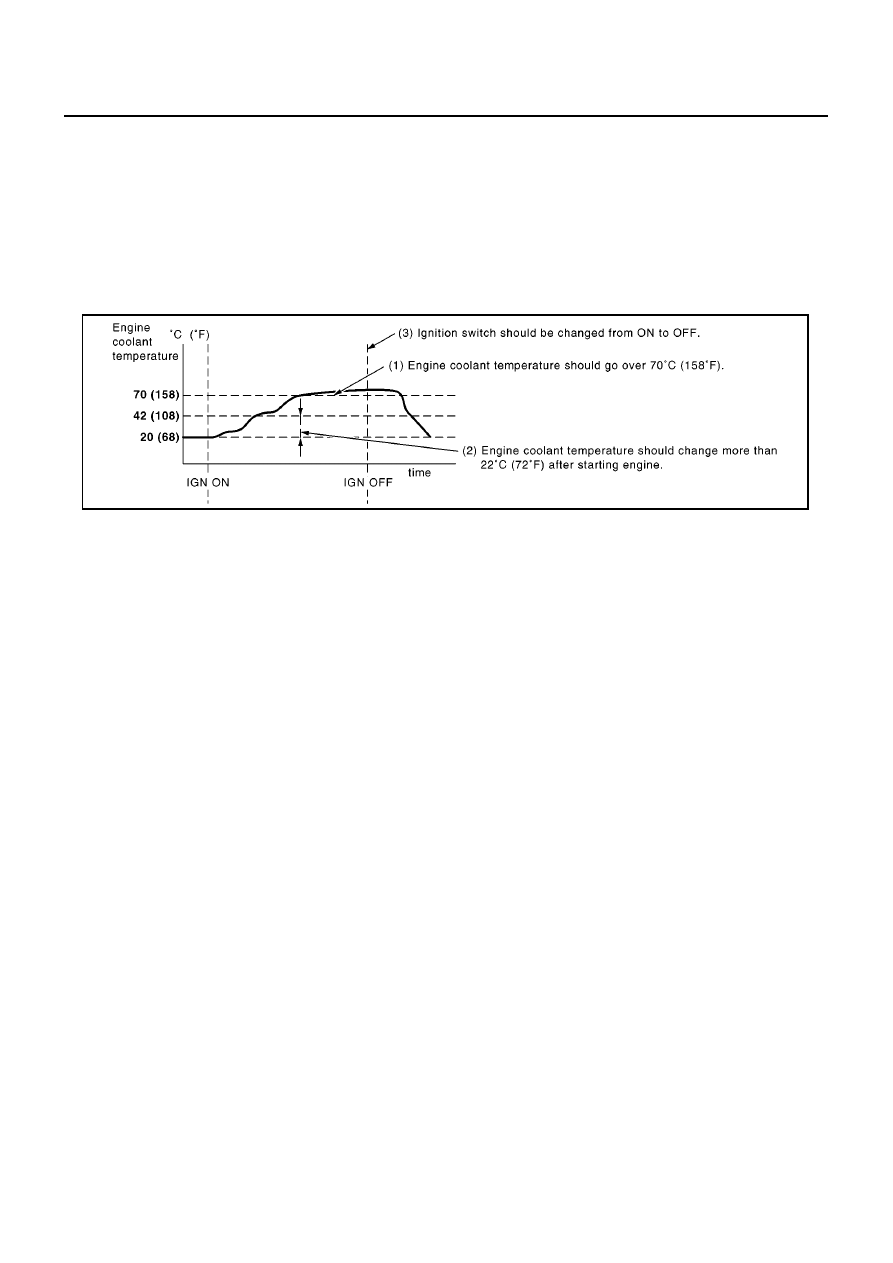Nissan Almera Tino V10. Manual - part 535

EC-966
[YD (WITH EURO-OBD)]
ON BOARD DIAGNOSTIC (OBD) SYSTEM
<Driving Pattern A>
Driving pattern A means the vehicle operation as follows:
Engine speed should go over 500 rpm at least 5 seconds and the DTC Confirmation Procedure is performed.
●
The A counter will be cleared when the same malfunction is detected.
●
The A counter will be counted up when the same malfunction is not detected.
●
The MI will go off when the A counter reaches 3.
<Driving Pattern B>
Driving pattern B means the vehicle operation as follows:
Driving pattern A and (1)-(3) are satisfied.
●
The B counter will be cleared when the same malfunction is detected.
●
The B counter will be counted up when the same malfunction is not detected.
●
The DTC will not be displayed after the B counter reaches 40.
PBIB2049E